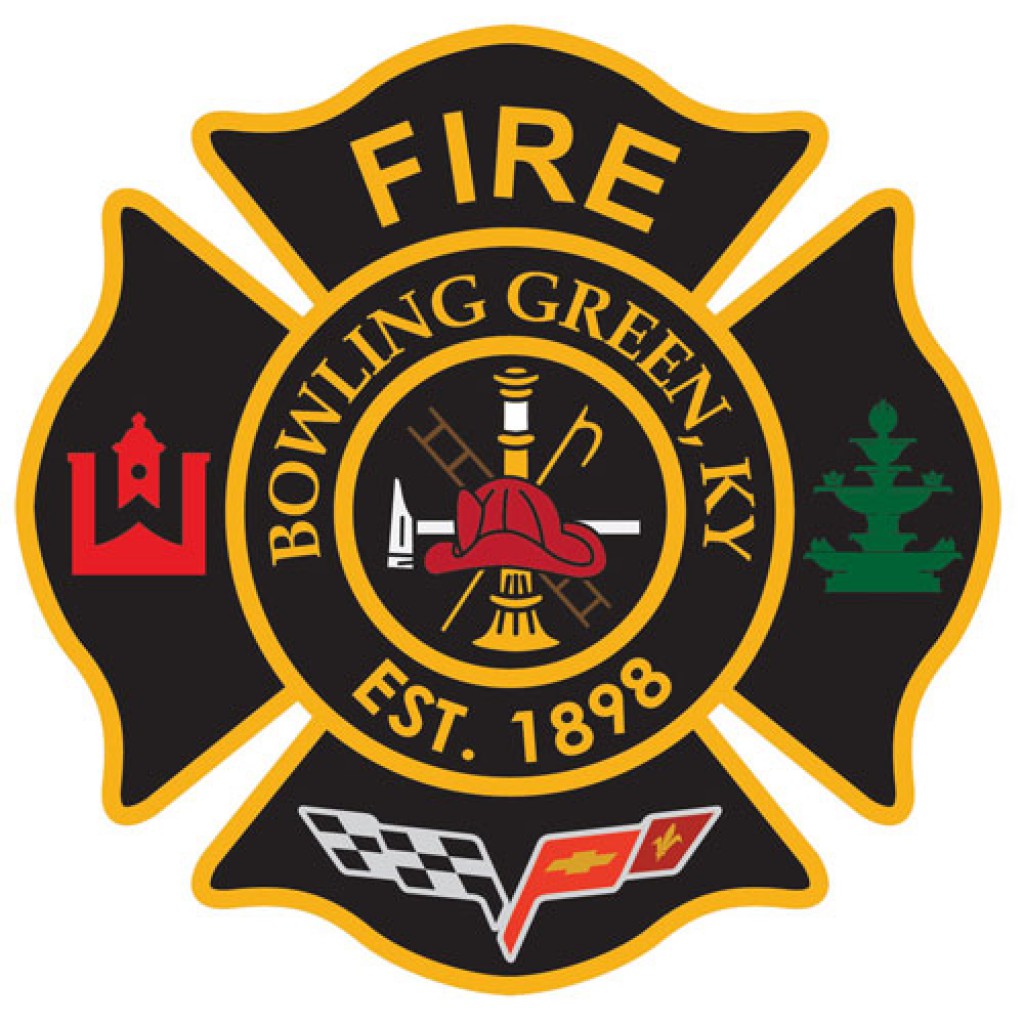Infant Drowning
Before you go swimming or boating, it's a good time to think about how to best protect your infant(s) in and around the water. The good news is it's not complicated and there are programs already in place in most communities to get information/training. if you are proactive now, you can easily be prepared to make the summer fun and safe for your infant(s).
Although not an exhaustive list, there are four recommendations that are emphasized by most medical, insurance and water safety experts:
- Supervision: Always know where your child is when you are in or near the water. Unexpected things happen, often very quickly, and knowing where your child is and the quickest way to them will allow you to protect them in most situations.
- Child/Infant CPR: It's easy to learn and use. Most people never have to use it but when it is needed, it is the only thing that will buy enough time for help to arrive. The BGFD offers CPR training on the 2nd Saturday of most months. Go to https://www.bgky.org/fire/cpr for more information.
- Rescue breathing: People generally think of this as being part of CPR (which it is) but it does not have to be done in conjunction with it. Sometimes, and quite often in children, breathing hasn't stopped because of heart failure; the heart has stopped because of respiratory failure. Rescue breathing can correct that.
- Swim lessons: When babies are dunked underwater, their mouths close, their eyes open, and they move their arms and legs. Starting swim lessons soon after they are born helps them retain that skill. And while they may not be able to swim to the side of the pool and climb out, they will not be inhaling water and at least moving in your general direction.
Suggestions or problems with this page?
Let us know if anything is wrong with this page. However, please don't include any personal or financial information.

